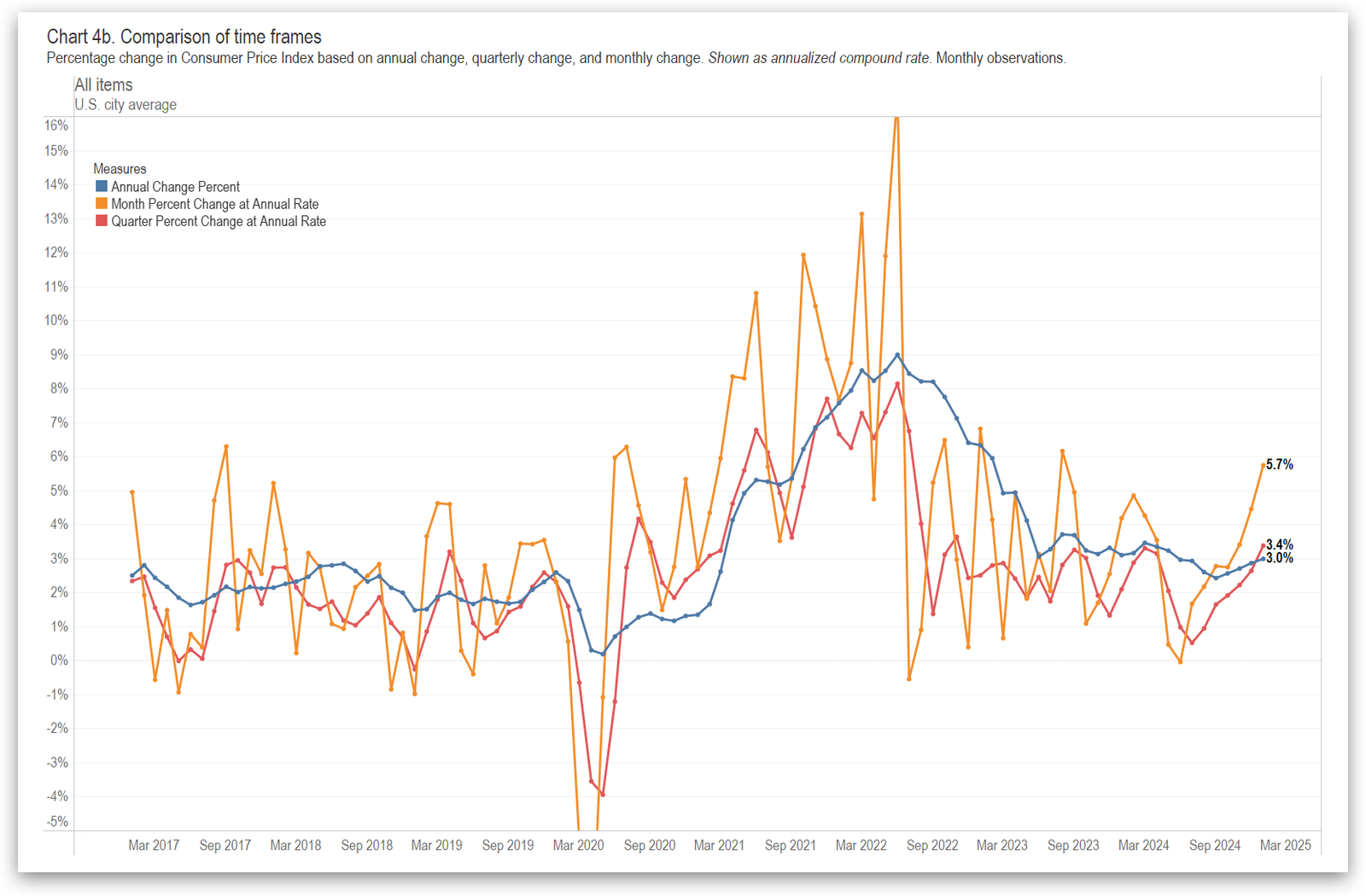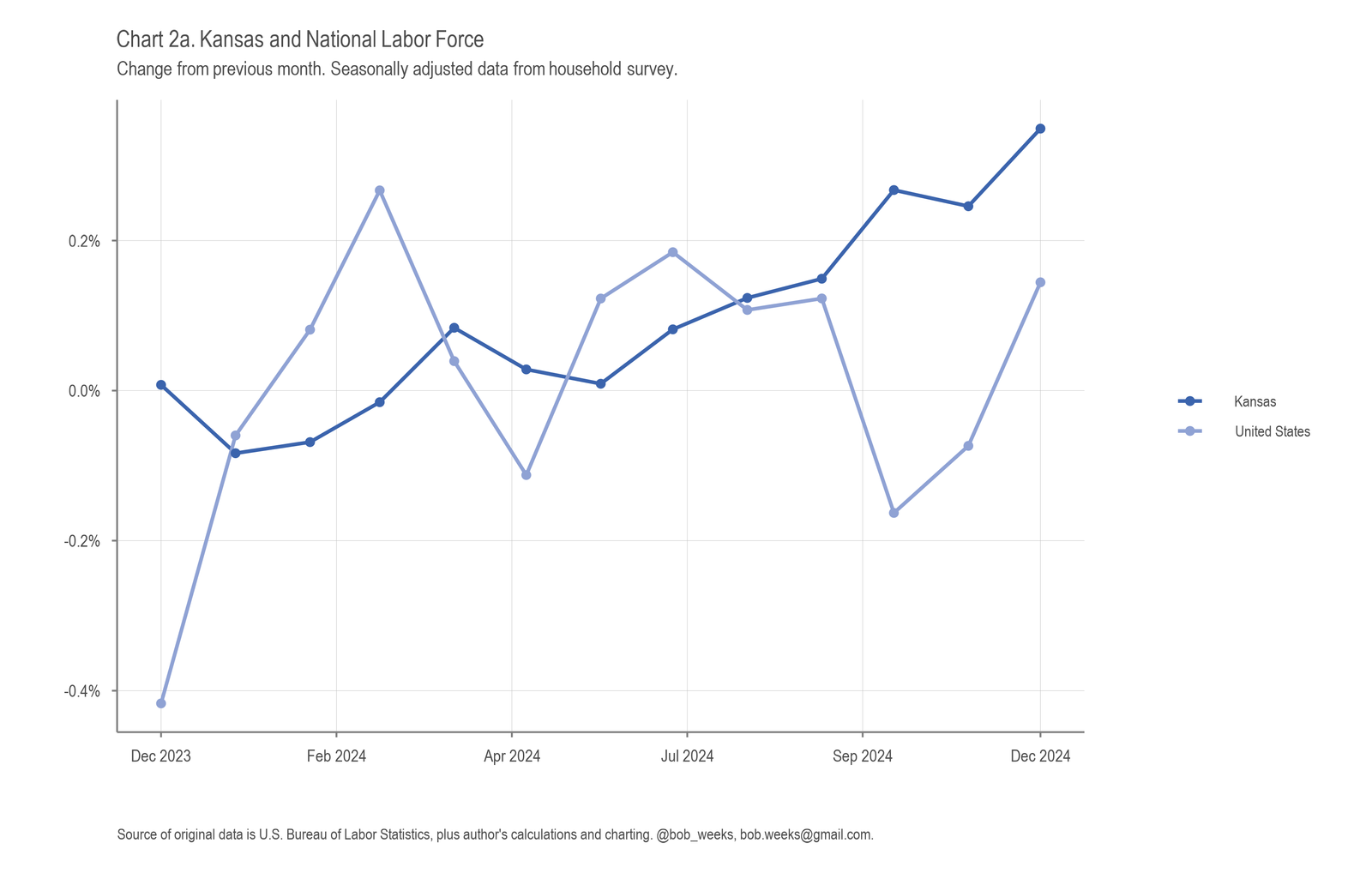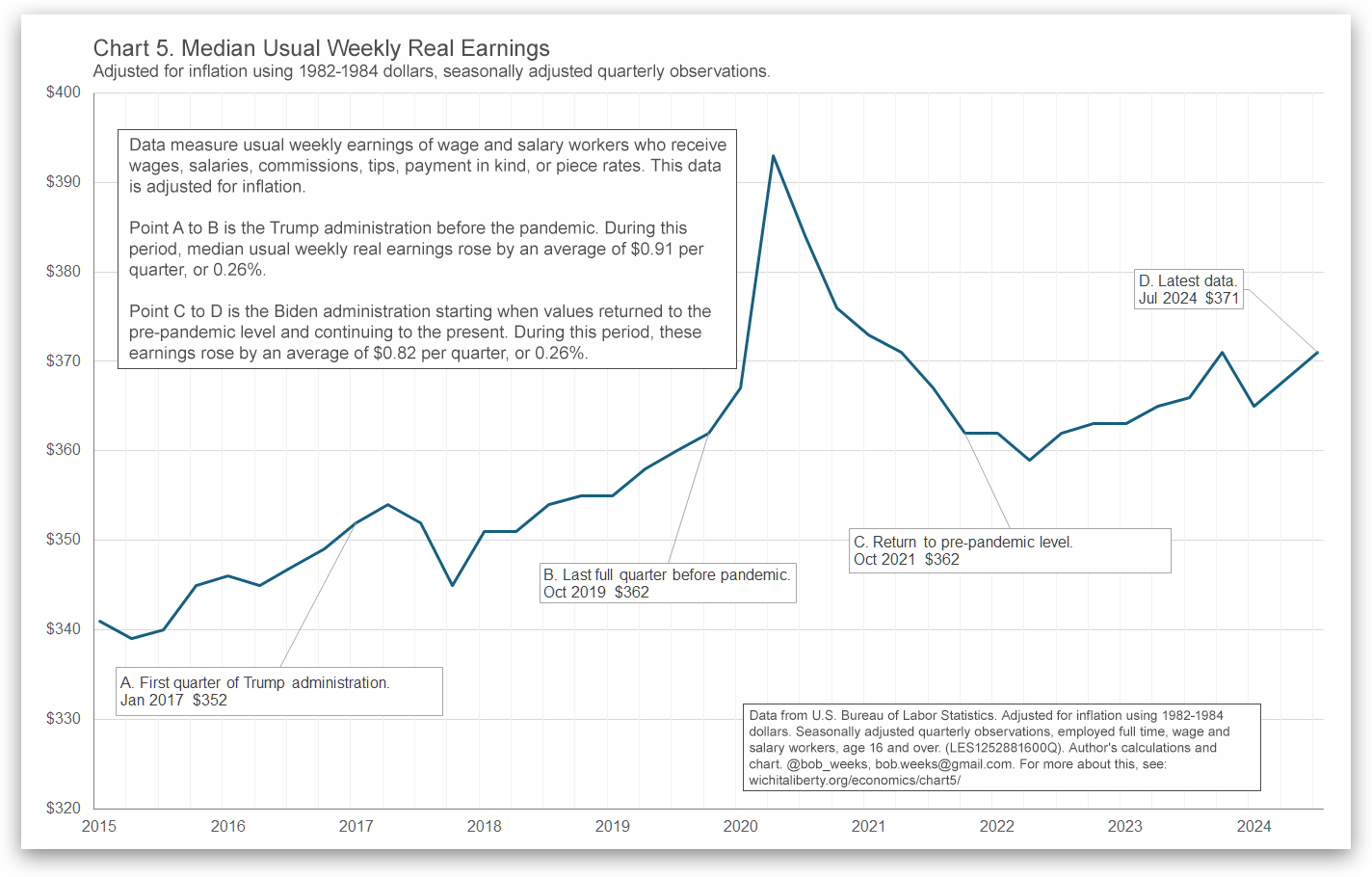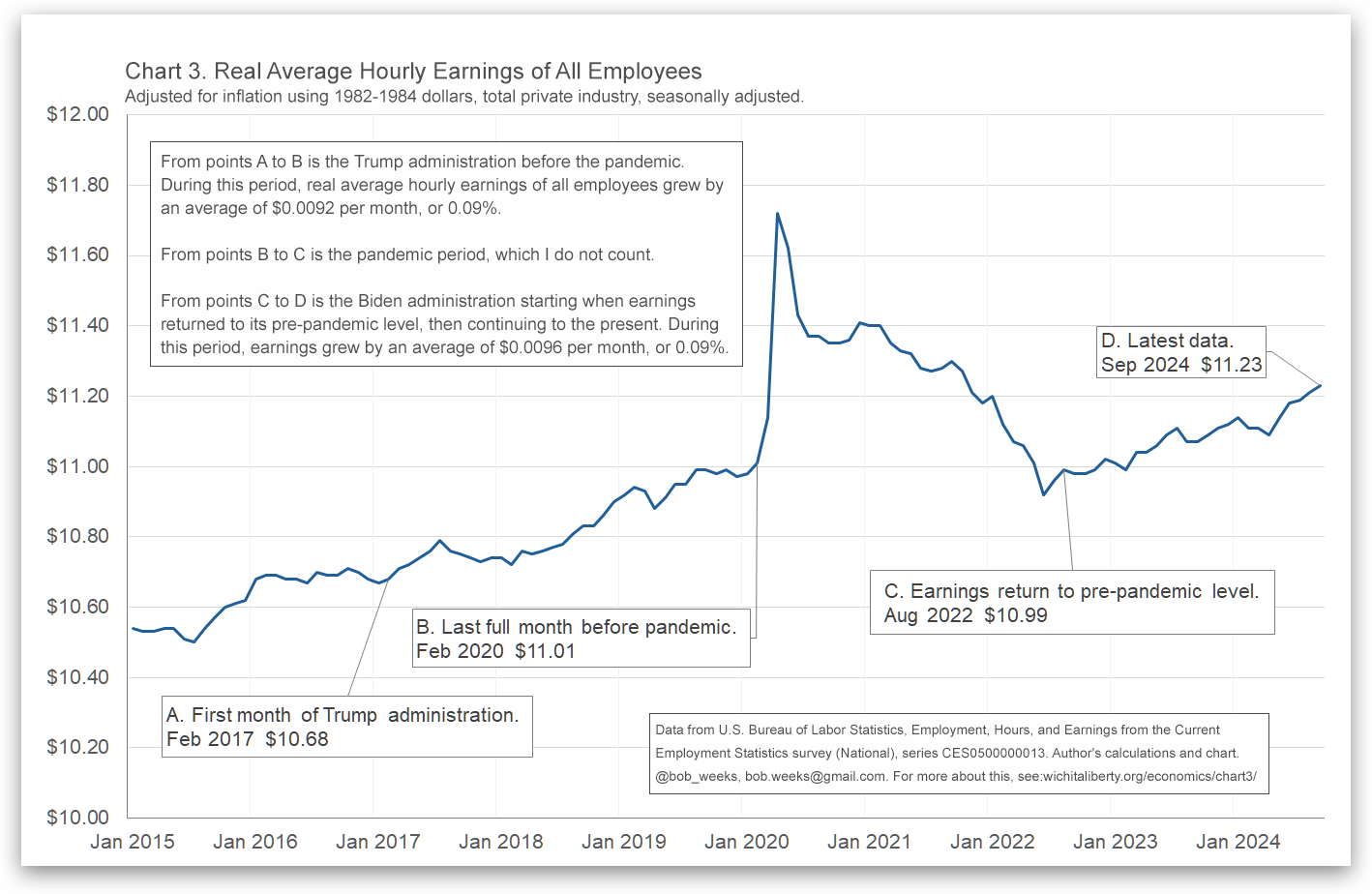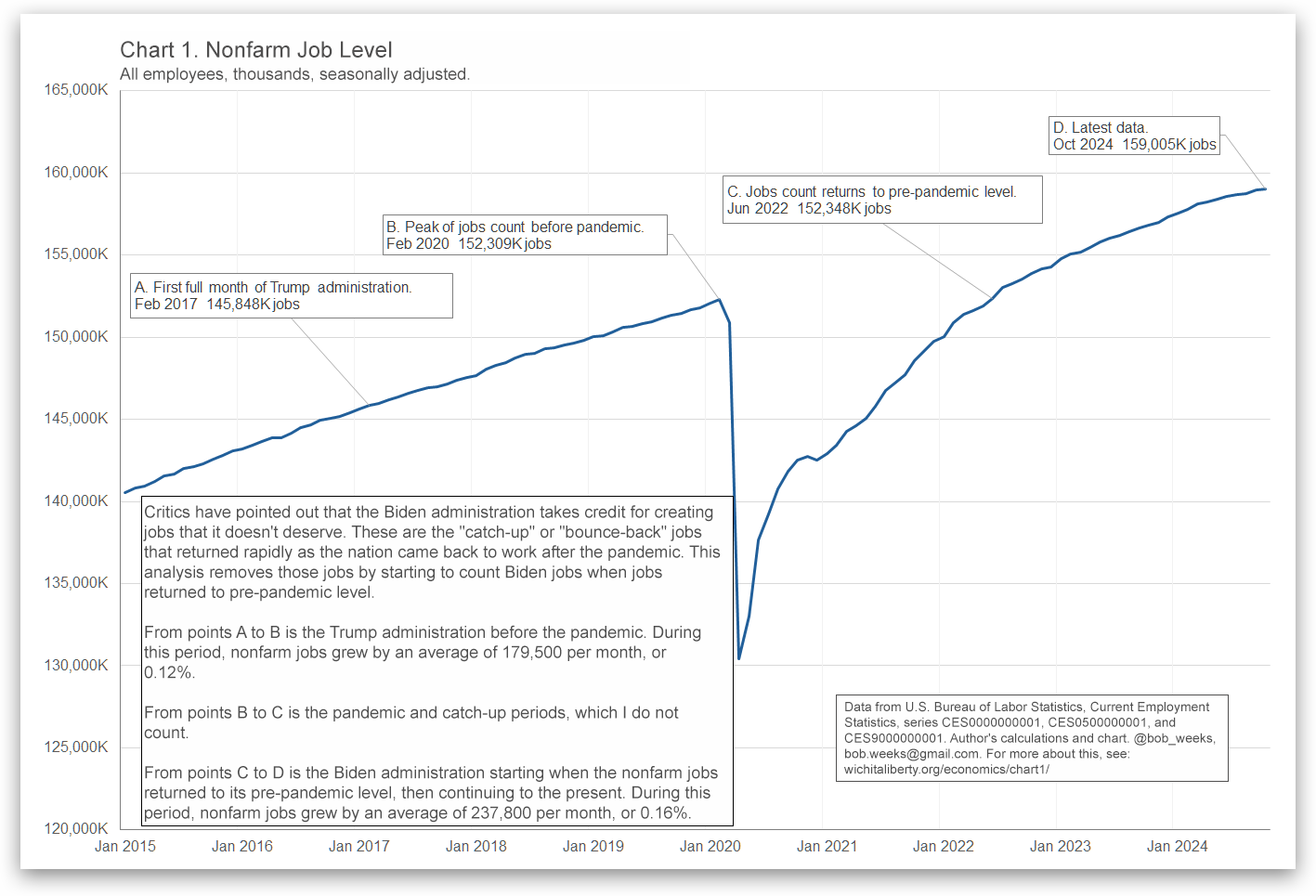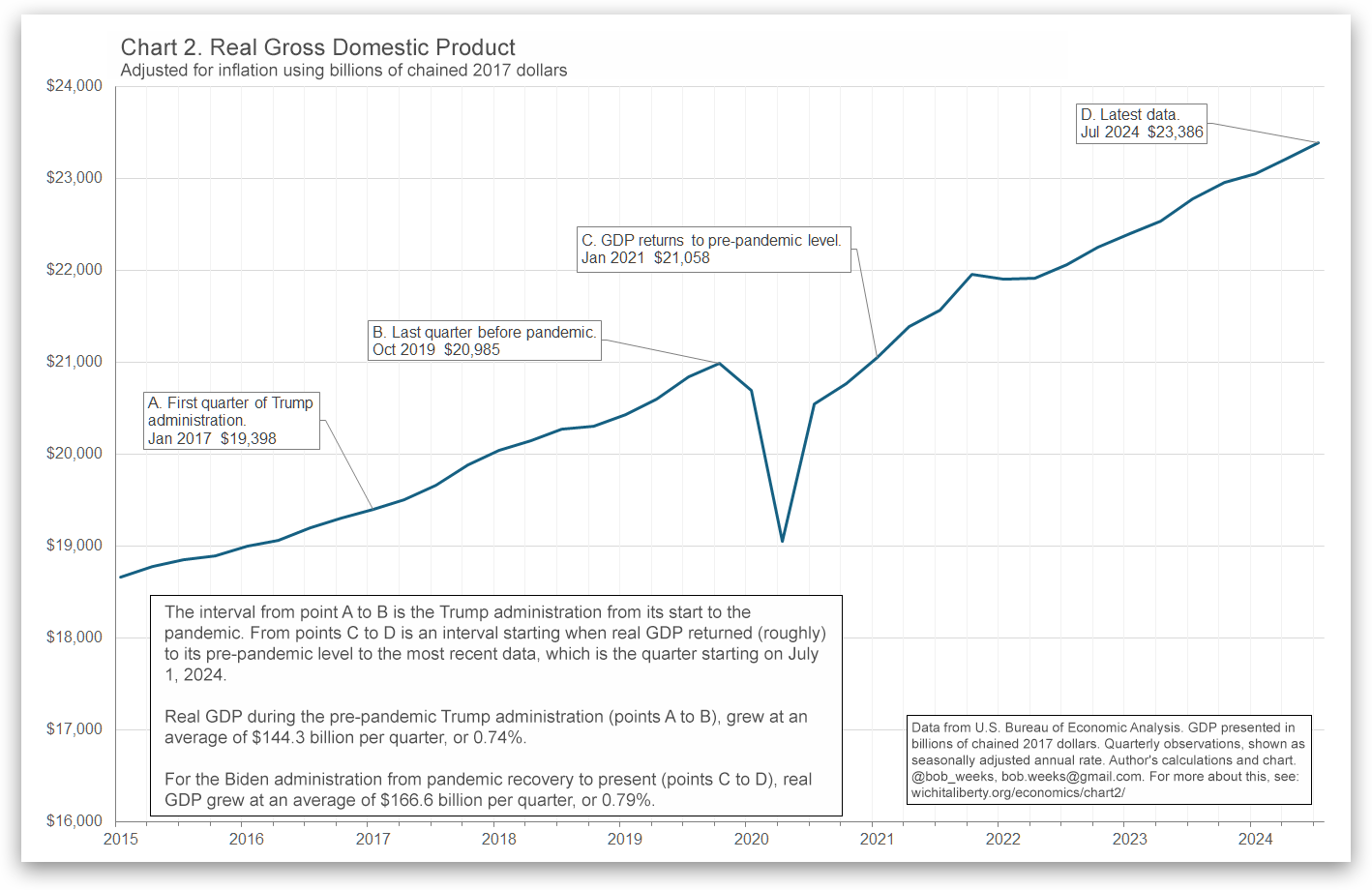Creation of this report was assisted by AI technologies.
Introduction:
In July 2025, President Donald Trump and Republican leaders advanced a sweeping legislative package nicknamed the “One Big Beautiful Bill Act,” encompassing tax changes, immigration measures, and budget provisions. Supporters tout it as a historic boon for American taxpayers and security, while opponents warn of severe consequences. Below we examine several major claims related to this bill, providing detailed analysis and verdicts. All numerical citations in parentheses refer to the endnotes listed at the end of this document.
Tax and Economic Policy
Claim: “The bill will eliminate taxes on Social Security benefits.”
Analysis: President Trump claimed that under this bill, seniors would pay no tax on Social Security income. The truth is more nuanced. The plan increases the income threshold so that many more seniors would be exempt from taxes on their Social Security benefits, but it would not completely eliminate those taxes for everyone. Millions of higher-income retirees would still owe taxes on a portion of their benefits under the proposed changes (1). In other words, the bill reduces the tax burden on Social Security for many seniors, but it does not abolish it entirely.
Verdict: Misleading – It significantly expands tax exemptions for Social Security benefits but does not fully eliminate taxes for all recipients.
Claim: “If the bill doesn’t pass, Americans will get a whopping 68% tax increase.”
Analysis: This alarming figure is an extreme exaggeration. The 68% tax increase claim appears to misrepresent what would happen if certain tax cuts expire. Nonpartisan estimates from the Joint Committee on Taxation indicate that allowing the 2017 tax cuts to lapse would result in an average tax increase of about 10% (not 68%) for households, concentrated among higher earners (2). The 68% number vastly overstates the potential tax hike for the typical American and has no basis in official fiscal projections.
Verdict: False – The actual tax increase without the bill would be nowhere near 68%, with official estimates around 10%, not 68%.
Claim: “The average family of four will see an increase of $10,000 (or more) in take-home pay per year.”
Analysis: Supporters, including the White House and some GOP lawmakers, have claimed that a typical family of four would gain between $10,000 and $13,000 in annual take-home pay thanks to the bill. This projection comes from the high end of the White House Council of Economic Advisers’ estimates. In reality, the Council’s own analysis gave a wide range of potential outcomes: initially about $7,800 up to $13,300 for a family with two children under the House version, later revised to roughly $7,600 to $10,900 under the Senate’s version of the bill (3). The proponents cherry-picked the very top of these optimistic ranges. It’s important to note that these estimates assume unusually strong economic growth (over 4% yearly) to reach those big pay increases, assumptions which budget experts have called “fantasy” because they far exceed the growth forecasts of independent economists (4). If economic growth is more modest (as most analysts expect, closer to 0.1%–1.3% annually), the increase in take-home pay for a typical family would likely be much smaller.
Verdict: Misleading – A family’s take-home pay could rise under the bill, but claims of a $10k+ boost rely on the rosiest assumptions and are not guaranteed for the average household.
Claim: “The bill unleashes clean, American-made energy and will reduce the cost of living for Americans.”
Analysis: This claim was made by bill proponents to highlight an energy provision. The bill does include measures aimed at expanding domestic energy production. However, independent analyses suggest it may not actually lower household costs. In fact, some energy economists have indicated that certain provisions (such as rolling back clean energy incentives) could increase energy costs for consumers in the long run (5). The White House narrative frames the bill as relieving cost-of-living pressures, but available evidence does not clearly support that outcome. If anything, changes in energy policy might lead to higher prices for some fuels or utilities, contrary to the claim.
Verdict: False – There is no clear evidence that the bill will reduce living costs; some analyses indicate it could raise energy expenses for consumers.
Claim: “The bill will reduce the deficit by $1.4 trillion” (Republican claim) **/**** “It will actually raise the national debt by $4 trillion” (Democratic claim).**
**Analysis: These dueling claims stem from different baselines and accounting tricks. Republicans argue that if you assume the 2017 tax cuts are extended anyway as “current policy,” then the new bill’s spending cuts outweigh its new spending, yielding over $1.4 trillion in deficit reduction. Democrats, on the other hand, count the extension of those tax cuts as a cost of the bill and highlight additional spending, saying it will add around $4 trillion to deficits. The nonpartisan Congressional Budget Office did an official score and found that, under normal assumptions, the Senate-passed bill would increase the national debt by at least about $3.3 trillion over the next decade (6). An analysis by the Committee for a Responsible Federal Budget similarly estimated roughly a $3.9 trillion debt increase through 2034 (6). In short, the bill is expected to expand deficits massively unless one accepts the Republican premise to exclude the cost of continuing existing tax cuts. Under standard budgeting, it doesn’t cut the deficit at all – it balloons it.
Verdict: Misleading (both sides) – Using conventional calculations, the bill adds on the order of $3–4 trillion to the debt. GOP leaders’ claim of deficit reduction relies on a favorable baseline that ignores the cost of extending tax cuts, while the Democratic figure, around $4 trillion, is in line with independent estimates when counted on the books.
Immigration and Border Security
Claim: “Over 10 million ‘illegals’ have invaded our country under Joe Biden.”
Analysis: Republican lawmakers have asserted that more than 10 million people entered the U.S. illegally during President Biden’s tenure. This figure is misleading. It likely refers to the number of border encounters recorded by authorities, which has been around 10 million since 2021. But encounters are not the same as individuals settling in the country. A single person can be counted multiple times in these statistics if they attempt to cross more than once. Moreover, millions of those encounters did not result in someone remaining in the U.S. — roughly 4 million were immediately expelled or removed, and many others were turned away at ports of entry (7). Homeland Security data indicates that about 3.8 million unique individuals were actually allowed into the U.S. (temporarily) to await immigration proceedings during that period (7). There were also an estimated 1.6 million “got-aways” (people who evaded Border Patrol) over the past few years (7). While that number is significant, it is far from 10 million new undocumented immigrants living in the country. The total undocumented population has not grown by anywhere near that amount.
Verdict: False – There have been around 10 million border encounters, but the number of actual new undocumented immigrants in the country under Biden is only a fraction of that. The 10 million figure is an inflated misrepresentation.
Claim: “Illegal immigrants drove up housing prices and insurance premiums, lowered wages for American workers, and caused crime to surge.”
Analysis: This sweeping claim blames undocumented immigrants for a host of economic and social ills. Empirical evidence does not support such broad effects. On wages and jobs, most economists find that immigration has little to no negative impact on average wages of U.S.-born workers. In fact, immigrant labor can complement native workers; studies show immigrants generally do not cause any significant drop in overall wages or employment for U.S. citizens (8). If anything, immigration tends to have a small positive effect on average wages and can lower prices for some goods and services. As for housing costs and insurance premiums, these are influenced by many factors (interest rates, supply constraints, state regulations, etc.). There isn’t solid data isolating undocumented immigrants as a major driver of rising home prices or insurance rates. The claim that undocumented people have “crippled” cities with crime is sharply contradicted by crime statistics. Numerous studies and crime data analyses have found that immigrants, including those here illegally, have lower crime rates than native-born Americans (9). High-immigration areas often actually experience lower or no greater crime rates compared to other areas (9). The recent surges in violent crime in some U.S. cities have not been credibly linked to immigration. In short, these assertions rely on anecdote and fear rather than facts.
Verdict: False – There is no evidence that undocumented immigrants are broadly driving up housing or insurance costs or fueling crime spikes. Research shows immigrants have minimal impact on natives’ wages on average and tend to have lower crime rates than the native-born population.
Claim: “We have 5,000 border agents trying to get rid of 600,000 criminal aliens — we need resources to deport them.”
Analysis: This claim refers to the number of non-citizens in the U.S. with criminal convictions or charges who are awaiting deportation. There is truth to the magnitude: by mid-2024, U.S. Immigration and Customs Enforcement (ICE) had over 660,000 undocumented immigrants on its docket with criminal histories (10). This number includes people with past criminal convictions or pending criminal charges who are in removal proceedings or subject to deportation orders. It highlights a genuine challenge — a large backlog of deportable offenders. The bill does seek to increase funding for immigration enforcement (including thousands of new border agents and ICE officers) to address this. The figure of “5,000 border agents” is a bit misleading in terminology, as those tasked with interior deportations are primarily ICE Enforcement officers, not Border Patrol agents. ICE’s workforce for removals is indeed only a few thousand officers, which is small relative to 600,000+ cases. Thus, the general point that resources are strained in trying to deport hundreds of thousands of criminal non-citizens is accurate. New funding in the bill would expand capacity for detention and removal of such individuals. However, it’s worth noting that those 600,000 “criminal aliens” are not roaming freely as a violent mob; most have served sentences or are monitored, and deportation can be a lengthy legal process. Increasing enforcement funding may help process more removals, but it is not a simple overnight fix.
Verdict: True – Around 600,000 undocumented immigrants with criminal records are in the system for potential deportation, which far outstrips current enforcement resources. The bill correctly identifies this backlog, though the phrasing conflates Border Patrol with interior ICE officers.
Immigration Policy Note: The bill also includes measures such as a 3.5% tax on money transfers (remittances) sent abroad by non-citizens and tens of billions allocated for border security (including finishing the border wall and hiring more agents). Supporters argue the remittance tax will discourage illegal immigration and fund border efforts, while critics counter that it will hurt immigrant families and foreign economies without definitively stopping illegal entry. These outcomes are speculative and not a straightforward matter of “truth” to be proven or debunked here. What’s clear is that the bill represents a major hard-line shift in immigration policy.
Health Care and Social Policy
Claim: “This bill doesn’t touch Social Security or Medicare at all – we are not cutting those.”
Analysis: Unlike some earlier budget proposals, the One Big Beautiful Bill notably avoids direct changes to Social Security and Medicare benefits. The Republican authors repeatedly emphasized that the legislation leaves Social Security and Medicare intact, in response to political attacks. Indeed, there are no provisions in the bill that cut funding for Social Security retirement benefits or Medicare services. Some Democrats had accused the GOP of endangering these programs, but those claims refer to separate political debates or hypothetical future measures. In this bill, Social Security and Medicare are essentially unaffected. (The focus instead is on other programs like Medicaid, as discussed below.)
Verdict: True – The bill does not contain any cuts to Social Security or Medicare. Any claims to the contrary are misinformation.
Claim: “Your Medicaid is left alone. It’s left the same.”
Analysis: President Trump and GOP leaders have insisted that Medicaid – the federal-state health insurance program for low-income and disabled Americans – would remain unchanged for recipients. This is incorrect. The bill introduces significant Medicaid reforms and spending reductions. Chief among them is the imposition of new work requirements for many adult Medicaid enrollees (those able-bodied and under 65 without young children) as a condition for keeping coverage. It also rolls back parts of the Affordable Care Act’s Medicaid expansion over time and reduces federal funding contributions in various ways. According to the Congressional Budget Office, the Medicaid and health insurance provisions in the House version of the bill would result in roughly 7 to 8 million people losing Medicaid or ACA coverage by 2034 (11). In the latest Senate version, the CBO estimated about 11.8 million more Americans would be uninsured in 10 years than under current law, due largely to the Medicaid eligibility restrictions (12). Far from leaving Medicaid “the same,” these policies would gradually shrink the program’s enrollment and expenditures. The changes are phased in over several years, but they represent a substantial impact on Medicaid recipients and state programs.
Verdict: False – The bill makes major changes to Medicaid (work requirements and funding limits) that are projected to cut millions of people from coverage over time, meaning Medicaid would not be “left alone.”
Claim: “The bill will kick about 16 million Americans off of health care.”
Analysis: This claim has been made by some Democratic opponents, who cite estimates of people losing insurance coverage. It overstates the impact. As noted, the nonpartisan CBO’s analysis of the bill projected on the order of 10 to 12 million additional people without health insurance a decade from now compared to current law (12). Some Democrats arrived at a higher figure (\~16 million) by adding in unrelated assumptions, such as the scheduled expiration of certain Affordable Care Act subsidies in 2025, which is a separate issue not directly caused by this bill’s provisions (12). Therefore, saying the bill “kicks 16 million off health care” exaggerates the effect by counting people who might lose insurance for reasons outside the bill. The best estimate for coverage losses directly attributable to the bill’s Medicaid and ACA changes is around 11 million by 2034. That is still a very large number, but it is lower than 16 million.
Verdict: False – The true projected coverage loss due to the bill is on the order of 11 million people, not 16 million; the higher figure cited by some includes additional factors beyond the scope of this legislation.
Claim: “Work requirements for benefits only target able-bodied adults who won’t work, just like the successful welfare reforms of the 1990s.”
Analysis: The bill’s supporters contend that requiring Medicaid and food aid recipients to work or volunteer is a reasonable, non-controversial step that echoes the 1996 welfare reform. It’s true the bill would mandate work activities (at least 80 hours a month of work, job training, or volunteering) for certain adults on Medicaid and food stamps, with exemptions for pregnant women, people with disabilities, and parents of young children. However, experts caution that many people who meet the requirements could still lose benefits due to bureaucratic hurdles. In past trials of Medicaid work requirements (for example, in Arkansas in 2018), thousands of individuals who were working or otherwise exempt nonetheless lost coverage because they failed to navigate the complex reporting rules in time. In fact, most non-elderly adult Medicaid enrollees are already working or caregiving, and only a small minority (around 8%) are not working without an exemption. Those who aren’t working often face barriers like illness, lack of job access, or undiagnosed disabilities. The “able-bodied adults” affected are a diverse group, and not all are simply choosing not to work. The new paperwork and verification processes are likely to strip coverage from some eligible people inadvertently. Thus, while the policy is intended to encourage employment, it could also lead to many working poor losing healthcare through red tape.
Verdict: Opinion – This is a value judgment rather than a factual claim. The policy indeed targets able-bodied adults without dependents, but whether it is reasonable or similar to past welfare reforms is a matter of perspective. Historically, work requirements in welfare reduced enrollment but also left many vulnerable individuals without support. It is expected the Medicaid work rules here would significantly reduce Medicaid rolls, which supporters see as a cost-saving success and opponents see as harmful.
Final Summary of Claims and Verdicts:
- “No tax on Social Security benefits.” — Misleading
- “68% tax increase without the bill.” — False
- “Family of four’s take-home pay will rise by $10,000+.” — Misleading
- “Bill will reduce cost of living (energy claim).” — False
- “Bill cuts deficit by $1.4T / adds $4T to debt.” — Misleading (both claims)
- “10 million illegal immigrants entered under Biden.” — False
- “Illegal immigrants caused higher housing costs, lower wages, more crime.” — False
- “600,000 criminal aliens at large (and few agents to deport them).” — True
- “Medicaid is left untouched by the bill.” — False
- “16 million will lose health coverage under the bill.” — False
Endnotes:
(1) FactCheck.org (July 2025), “Unraveling the Big Beautiful Bill Spin.” Trump’s claim of “no tax on Social Security” is overstated; the bill expands tax exemptions for benefits but does not eliminate them entirely. Millions of seniors would still pay tax on Social Security under the bill’s provisions, though fewer than before (FactCheck.org) .
(2) FactCheck.org (July 2025), “Unraveling the Big Beautiful Bill Spin.” Trump warned of a “68% tax increase” if the bill failed, but the Joint Committee on Taxation calculated a much smaller impact (around 10.7% on average). The 68% figure is unfounded (FactCheck.org).
(3) FactCheck.org (July 2025), “Unraveling the Big Beautiful Bill Spin.” In early estimates, the White House Council of Economic Advisers predicted a take-home pay boost between \~$7,600 and $13,300 for a family of four under the bill, later revised to $7,600–$10,900 in the Senate version. Trump and allies cited only the top end of these ranges (FactCheck.org).$3.9 trillion) if the bill passes. Republicans discount the cost of extending 2017 tax cuts to claim deficit reduction, while Democrats cite the full $3–4+ trillion addition (FactCheck.org).
(4) FactCheck.org (July 2025), “Unraveling the Big Beautiful Bill Spin.” The Council’s projections assumed over 4% annual GDP growth. The nonpartisan CRFB labeled these “fantasy growth assumptions,” noting independent analyses expect only 0.1%–1.3% growth – far less than what would be needed to yield a $10k increase in take-home pay (FactCheck.org).
(5) FactCheck.org (July 2025), citing independent energy analyses. The White House claimed the bill would lower living costs through energy provisions, but experts (e.g. at universities and research groups) found that repealing clean energy incentives could raise household energy costs. Thus, the “reduce cost of living” claim is not supported by evidence (FactCheck.org).
(6) FactCheck.org (July 2025), “Unraveling the Big Beautiful Bill Spin.” The CBO reported the Senate bill would increase the national debt by about $3.3 trillion over 10 years. The Committee for a Responsible Federal Budget estimated an even larger debt increase (
(7) PolitiFact (Sept. 18, 2024), “Donald Trump ad makes False claims about Kamala Harris, immigration, Social Security.” PolitiFact notes that “10 million” refers to border encounters since Biden took office, not unique individuals. Millions of those encounters led to expulsion or removal, and one person can account for multiple encounters. Roughly 3.8 million people were released into the U.S. (as of mid-2024) to await hearings, and an estimated 1.6 million “got-aways” evaded capture in FY 2021–23. There are not 10 million new undocumented residents (PolitiFact).
(8) Brookings Institution (Michael Greenstone & Adam Looney, “What Immigration Means for U.S. Employment and Wages,” May 4, 2012). A survey of economic research found immigrants “do not tend to cause sizeable decreases in wages or employment” of native-born workers. In some cases, immigration even slightly raises average wages and lowers prices. Immigrant and U.S.-born workers often complement, rather than substitute for, each other (Brookings.edu).
(9) Econofact (Feb. 2023), “Immigrant Deportations: Trends and Impacts.” Summarizes research showing immigrants have lower crime rates than U.S.-born citizens. Increased deportations have not been linked to reductions in crime; a substantial body of literature finds no evidence that immigration drives up crime, and in fact immigrants are less likely to commit crimes than native-born individuals (Econofact.org).
(10) U.S. ICE data reported by Rep. Tony Gonzales (R-TX) – Press Release (Sept. 27, 2024). ICE Deputy Director provided data that as of July 2024, there were 662,566 illegal immigrants on ICE’s docket with criminal histories (convictions or charges). This confirms the “hundreds of thousands of criminal aliens” figure cited by GOP lawmakers (gonzales.house.gov press release).
(11) FactCheck.org (July 2025), “Unraveling the Big Beautiful Bill Spin.” CBO’s analysis of the House-passed bill projected about 7.8 million people would lose Medicaid coverage by 2034 due to the bill’s work requirements and other eligibility changes. This contradicts claims that Medicaid is untouched (FactCheck.org).
(12) FactCheck.org (July 2025), “Unraveling the Big Beautiful Bill Spin.” For the Senate version, CBO estimated 11.8 million more Americans would be uninsured by 2034 because of the bill (combined Medicaid and ACA marketplace effects). FactCheck.org also explains that Democrats’ higher figure (e.g. 16 million) mistakenly included additional coverage losses from expiring separate ACA provisions, overstating the bill’s direct impact (FactCheck.org).

